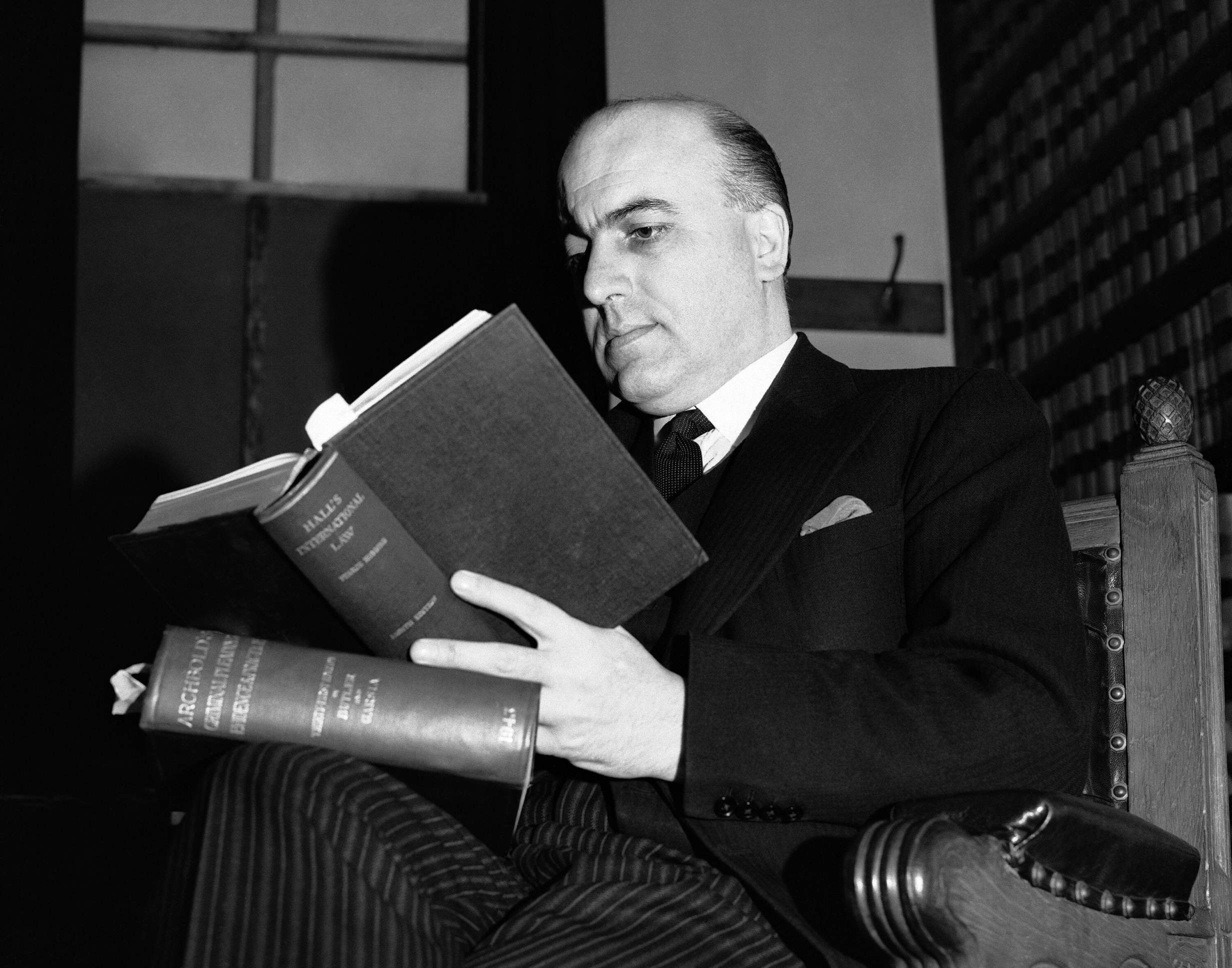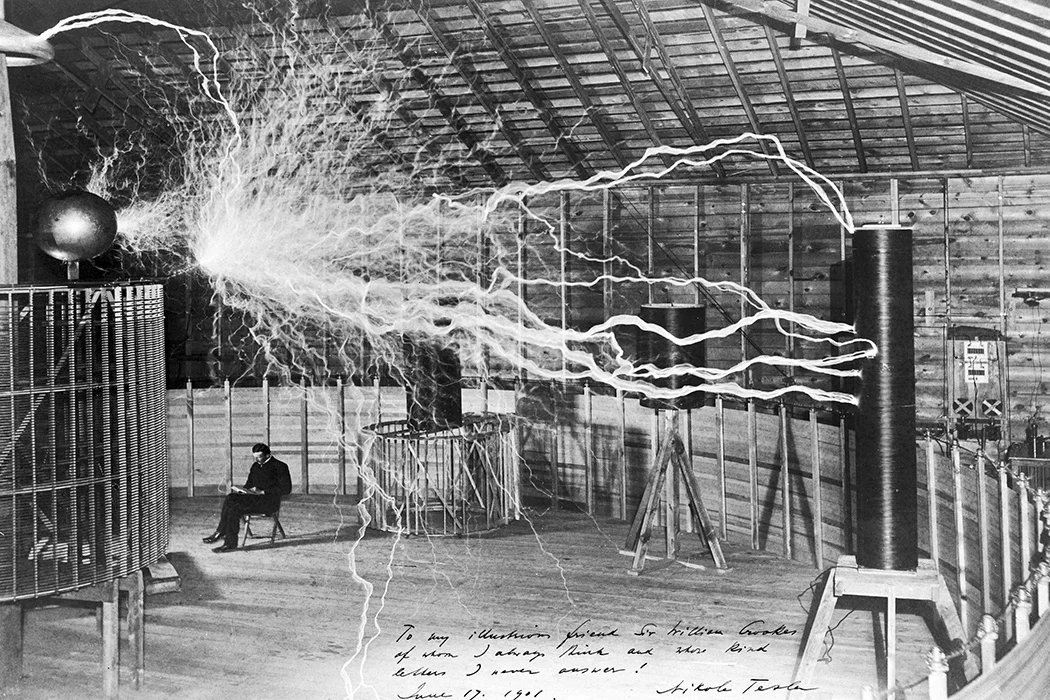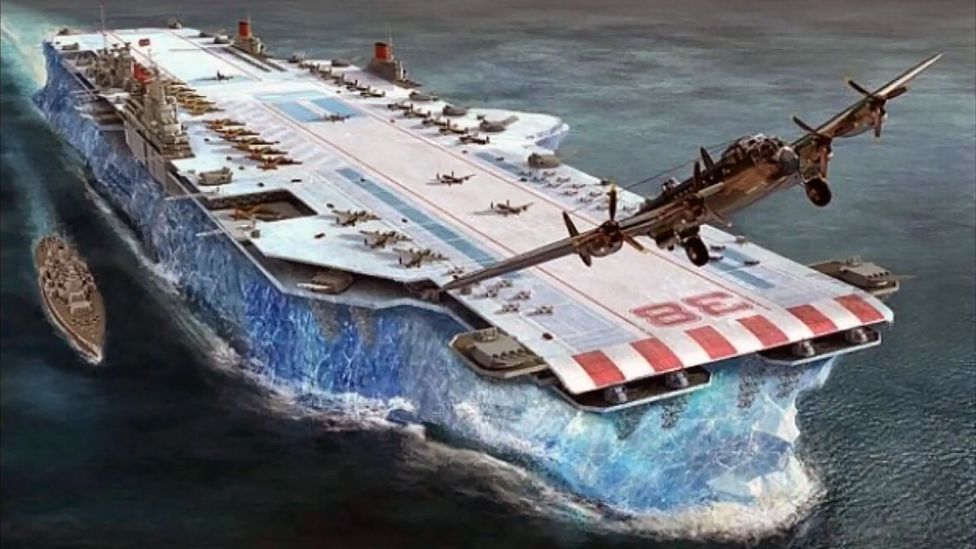Top Lists
10 Failed Inventions Designed to End Wars

Throughout history, inventors and innovators have tried to develop various creations with the hope of bringing an end to conflicts and wars. While some of these ideas were well-intentioned, they ultimately failed for various reasons. In this article, we will discuss 10 examples of such failed inventions designed to end wars
War has been a part of human history for as long as we can remember. Historically, wars were fought with swords, spears, and arrows. But as technology has advanced, so too have the weapons of war. Today, we have nuclear bombs, chemical weapons, and biological weapons that can kill millions of people in an instant.
In the face of such destructive power, it is natural to wonder if anything can be done to end the war. Some people believe that the answer lies in technology. They have proposed a number of inventions that they think could end the war, such as the Peace Machine, the Peace Ray, and the Peace Bomb.
However, so far, none of these inventions have been successful. In fact, some of them have been outright failures. The Peace Machine was never actually built, and the Peace Bomb was too dangerous to be used.
So, what does this mean for the future of war? Are we doomed to a never-ending cycle of violence? Or is there hope that one day we will find a way to end the war?
10 Failed Inventions Designed to End Wars
1. The Peace Machine (1910)
“The Peace Machine,” conceived in 1910, was an ambitious attempt to end wars through technological innovation. Proposed by Sir Hiram Maxim, an American-born inventor, the machine aimed to create an impenetrable defensive barrier between nations.
It envisioned a vast network of underground tunnels and electrically charged wires that would stretch across borders, rendering invasions and conflicts impossible. However, this grand concept faced insurmountable challenges, such as the enormous scale of construction required, the technical limitations of the time, and the inability to address the complex root causes of conflicts.
Ultimately, “The Peace Machine” remained a visionary idea without practical implementation, joining the ranks of failed inventions designed to achieve lasting peace amidst global tensions.
2. Nuclear Disarmament by Satellite (1960)
The concept of “Nuclear Disarmament by Satellite” emerged during the Cold War era as a potential means to eliminate nuclear threats. The idea involved deploying satellites equipped with radiation-emitting devices into orbit, with the intention of neutralizing or disabling nuclear warheads in flight.
Proponents believed that these satellites could emit powerful radiation beams that would interfere with the detonation mechanisms of incoming missiles, rendering them harmless.
However, this ambitious concept faced numerous technical challenges, including the need for precise targeting, potential unintended consequences, and the difficulty of achieving effective and reliable radiation emissions from space.
As a result, the idea of using satellites for nuclear disarmament remained largely theoretical and was ultimately deemed unfeasible, contributing to the broader landscape of failed attempts to find innovative solutions to the dangers posed by nuclear weapons.
3. The Peace Ray (1920s)
“The Peace Ray,” a concept originating in the 1920s, aimed to harness technology for ending conflicts by using a purported “death ray” to disable enemy aircraft and bring about peace.
Developed by inventor Harry Grindell Matthews, this idea proposed a powerful energy beam capable of shooting down enemy planes and preventing further warfare.
However, despite Matthews’ claims, there was little concrete evidence of the device’s functionality, leading to scepticism and doubts about its viability. “The Peace Ray” fell into the category of ambitious but unproven inventions that aspired to resolve global tensions through advanced weaponry.
4. Project Habbakuk – Ice Aircraft Carrier
Project Habbakuk was a remarkable World War II-era endeavour that aimed to create massive aircraft carriers from a combination of ice and wood pulp.
Proposed as a solution to counter German U-boat attacks in the Atlantic, this audacious idea envisioned constructing floating airfields in the form of enormous ice structures. The hope was that these carriers would offer a secure base for launching aircraft and increase the Allies’ maritime dominance.
However, logistical challenges in creating such colossal frozen platforms, along with the rapid advancement of more conventional carrier technology, rendered Project Habbakuk impractical. Despite its ingenuity, the project ultimately remained unrealized, joining the list of imaginative but unfeasible wartime inventions.
5. The Peace Bomb (1950s)
The Peace Bomb is actually a funny example of such failed inventions designed to end wars; it was conceived in the 1950s and was a proposal to utilize nuclear explosions for peaceful purposes, such as creating harbours or canals.
Controlled nuclear explosions, according to their proponents, might alter the landscape and possibly help humanity by promoting infrastructure development. However, due to worries about radioactive fallout, environmental harm, and the possibility of escalation, the idea encountered strong opposition.
These misgivings, along with the erratic political environment of the Cold War, resulted in the idea of “The Peace Bomb” being disregarded as a workable approach to international conflicts. This idea serves as a reflection of the difficulties and moral dilemmas involved in attempting to use harmful technologies for good.
6. Pigeon-Guided Missiles
Pigeon-guided missiles were a peculiar concept explored during World War II. This unconventional idea involved training pigeons to guide missiles to their targets. The pigeons would be placed in the missile, and their pecking behaviour would help steer the missile towards enemy ships or targets.
While some limited success was achieved in training pigeons, the idea faced practical challenges, including the difficulty of reliably training pigeons to perform such complex tasks and the development of more advanced guidance systems.
As a result, pigeon-guided missiles never became a practical or effective solution and were eventually abandoned in favour of more sophisticated and reliable technologies for targeting and guidance. This curious chapter in history serves as an example of the creative but ultimately unworkable attempts to harness animal behaviour for military purposes.
7. Land Mines that Could Self-Destruct
Self-destructing land mines were an attempt to address the long-lasting hazards posed by traditional landmines. The idea was to create landmines that would automatically deactivate or self-destruct after a certain period, reducing the risk of civilian casualties and allowing safer land clearance.
However, because of technical difficulties and the necessity to make sure that the mines wouldn’t unintentionally hurt humans after activation, designing trustworthy self-destruct systems proved difficult.
As a result, the idea of self-destructing land mines was abandoned in favour of other strategies to solve the humanitarian problems brought on by landmines due to its practical limitations and effectiveness questions.
8. The Peace Suit (1980s)
Intriguing attempts to develop protective garments that could reduce harm during disputes and promote peaceful resolutions were made in the 1980s, including the Peace Suit.
The Peace Suit was created with the intention of allowing people to converse without resorting to violence by combining protective capabilities with communication tools.
Although the idea was well-intentioned, constructing a garment that could successfully protect its wearer while yet allowing for mobility and communication presented practical difficulties.
Additionally, a single item of protective apparel could not address the underlying causes of violence due to the complexity of conflicts and wider socio-political elements involved in disputes. As a result, the Peace Suit remained a noble but ultimately unworkable idea in the field of technologies meant to promote peace.
9. Teleforce “Death Ray”
The “Teleforce Death Ray,” dreamt up by the brilliant yet enigmatic Nikola Tesla, sounded more like science fiction than a scientific breakthrough. Tesla’s idea of zapping enemies with directed energy beams seemed like a villain’s plot straight out of a comic book.
While Tesla’s genius was undeniable, his “Death Ray” concept left the world wondering if he had watched one too many sci-fi movies or just misplaced his inventor’s manual.
In the end, the only rays that seemed to materialize were those of scepticism from the scientific community, and the “Death Ray” remained a quirky footnote in the history of improbable weaponry.
10. Chemical Castration Bombs
Another example of such failed inventions designed to end wars is the Chemical Castration Bombs; the notion of “Chemical Castration Bombs” takes the cake for inventiveness gone awry.
In the 1960s, scientists proposed developing bombs that could release chemicals causing temporary infertility in enemy populations. Ethical concerns, potential unintended consequences, and the lack of a reliable method led to the abandonment of this idea.
Mixing science and ethics in a rather dubious concoction, this idea managed to simultaneously raise eyebrows and concerns. While the concept might have aimed to curb aggression by temporarily affecting enemy soldiers’ fertility, it left everyone wondering if the inventors had mistakenly combined their chemistry set with a dystopian novel.
Perhaps it was a reminder that some solutions are best left on the drawing board, sparing us the odd spectacle of fertility-themed weaponry and ensuring that the path to peace doesn’t involve playing chemistry tricks on human biology.
Conclusion
In examining the history of failed inventions designed to end wars, a common thread emerges the human drive to seek innovative solutions to humanity’s most pressing challenges.
While these inventions might not have achieved their intended goals, they reflect the optimism and determination that have fueled countless endeavours throughout history. The complexity of war and conflict, however, cannot be neatly solved by technological solutions alone.
These failures remind us that the path to peace requires a comprehensive understanding of political, social, and economic factors, as well as a commitment to ethical considerations. As we learn from these missteps, we are encouraged to continue the pursuit of a more peaceful world through diplomacy, cooperation, and a deeper understanding of the root causes of conflict.









